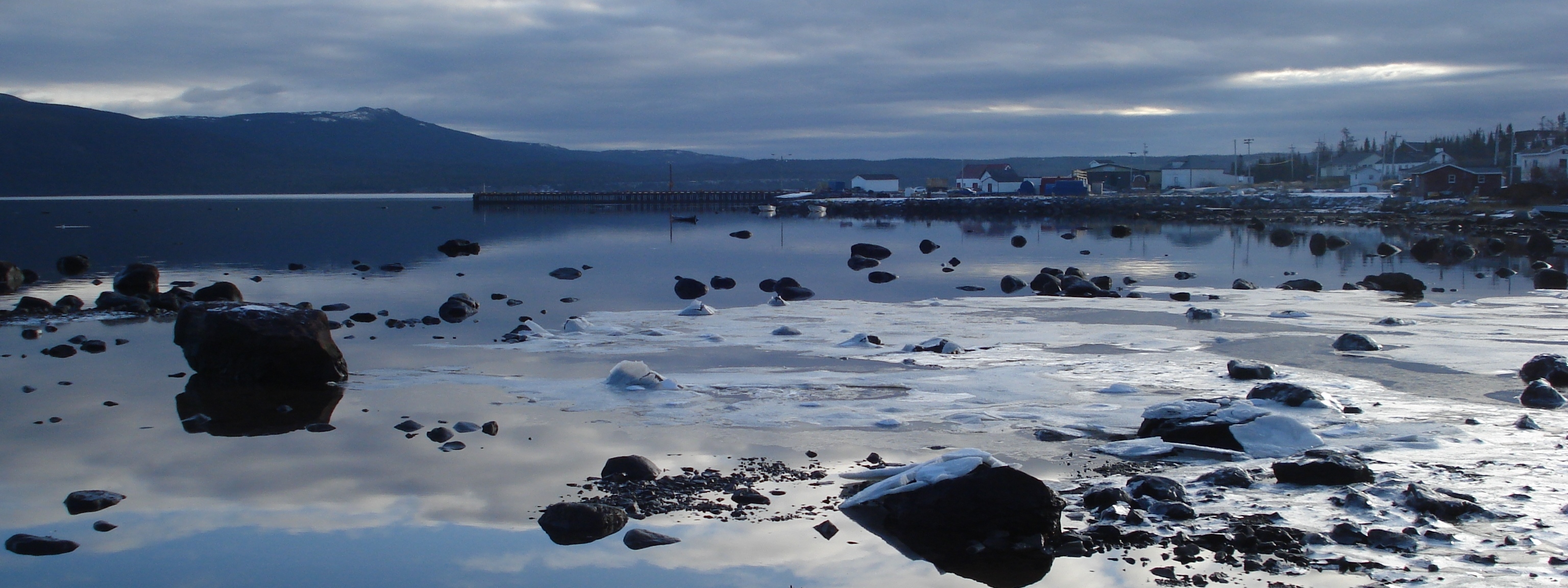My father and I were recently talking about Canadian literature,
Trying to name a book to represent each province,
But all we could agree on was Margaret Laurence for Manitoba
And Thomas King for Alberta,
Provinces whose literatures we aren’t familiar with.
When it comes to BC, we couldn’t decide between Douglas Copeland,
Wayson Choy and Eden Robinson;
We couldn’t agree whether Jane Urquhart or Thomson Highway better represented Ontario,
Because our country doesn’t have one common culture.
The above lines from the first draft of a poem I wrote this fall embody my current understanding of “Canadian literature” (or lack thereof). What does it mean to be Canadian? In a country as diverse as ours, what could possibly tie us together?
The conversation with my father was in response to an article in Brooklyn Magazine which listed a book to represent each American state (“The Literary United States: A Map of the Best Book for Every State”). While trying to come up with a Canadian equivalent seemed like a fun idea, it proved rather challenging. In provinces as big as ours, what ties us together? How could we choose a book from one cultural background over one from another?
I have recently begun reading Obasan by Joy Kogawa, a novel which explores the internment of Japanese Canadians during World War II. Obasan has led me to question what it is to be Canadian even further. Canada is not a binary country made up of natives and non-natives or Anglophones and Francophones: it is a mosaic of cultural identities. With identities as diverse as Chinese-Cree-Irish-Ukrainian Canadians and Cherokee-Greek-German-American Canadians, how can we possibly pin-point Canadian identity?
If Canadian identity is fluid, then what makes a book Canadian? Is a book written by a Canadian-born author Canadian (even if that novel takes place overseas with a cast of foreign characters)? What of authors, like Michael Ondaatje and Thomas King, who immigrated to Canada? What of foreign authors who visit Canada and write about our country?
What is Canada? Is it lines drawn on a map by colonizers, a feeling in one’s heart, or a political entity with no concrete existence? Historically, Canada was viewed as an overseas extension of Britain; however, more recently, “multiculturalism itself [has become] that upon which Canada is imagined. Canada’s national imaginary – perhaps somewhat ironically – is that which is whole and yet continually in crisis, continually threatened to be fragmented into diverse and disparate cultures and identities” (Davis).
In researching Obasan, I was surprised to discover that Japanese-Canadians were issued an apology for their internment during World War II in 1988 (Davis), 20 years before Harper’s residential school apology. How is it that a country which embraced multiculturalism 40 years ago (Davis), which prides itself on welcoming immigrants from around the world (and turns a blind eye on those it is not willing to accept), refuses to acknowledge the traditional custodians of the land? How is it that our schools still teach about indigenous cultures as though they were history?
It is grappling with these questions that I “walk into” this electronic classroom. I hope that the books we study and the discussions we share will help me to further my understanding of what it is to be Canadian. As such, I welcome you, my classmates and readers, to my English 470 blog, where I will respond to prompts about Canadian literature and how our country’s imagined identity is (identities are?) created and depicted in literary and oral works. I look forward to sharing this journey with you!
For those who are interested, here is the final version of my poem: “Canadian, eh?”.
© 2015 Heather Josephine Pue
Works Cited
Davis, Laura K. “Joy Kogawa’s Obasan: Canadian multiculturalism and Japanese-Canadian internment.” British Journal of Canadian Studies. Vol 25 Issue 1 (2012): 57-76. UBC Library. Web. 08 Jan. 2015.
Iversen, Kristin. “The Literary United States: A Map of the Best Book for Every State.” Brooklyn Magazine 15 Oct. 2014. Web. 08 Jan. 2015.
Kogawa, Joy. Obasan. Toronto: Penguin Group (Canada), 1981. Print.
Pue, Heather Josephine. “Canadian, eh?” Vancouver Poetry Slam 05 Jan. 2015. Youtube. Web. 08 Jan. 2015.
7 réflexions sur « Blog #1 – Introduction »
Laisser un commentaire
Vous devez vous connecter pour publier un commentaire.

Hello Heather, nice to meet you indeed – thank you for a great beginning blog. I am looking forward to your contributions to our course of studies and am confident you will find the challenges of this course fulfilling, enjoy.
Thank you, Dr. Paterson! I certainly hope so! I’ve been enjoying the readings so far, but am still anxious about blog expectations. I hope the course will go well!
Heather
Hi – can you please adjust your settings so comments do not need moderation – you will find instructions on the top post on our FaceBook page – thanks!
Hi, I just checked, but the box was not ticked. Is it working now?
I think it is … I will see right after I click post :0
Yep – it is set now so my comment appears as soon as I post it – thanks!
No worries! I’m glad to hear it’s working!
Heather